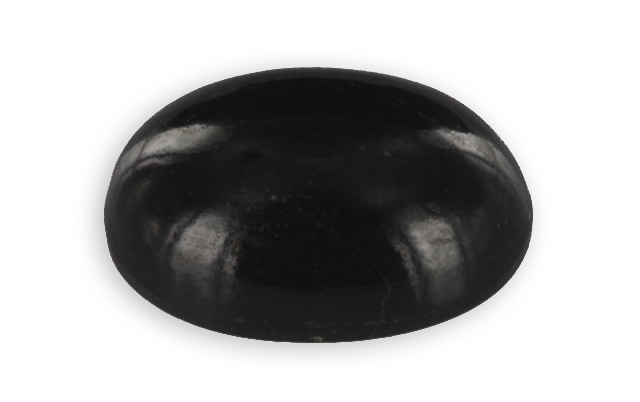
transparent
Je vous emmène à travers mes vidéos découvrir mon expérience acquise depuis plus de 30 ans a silloner le globe entier à la recherche de pierres précieuses, de rencontre mémorables mais aussi de difficulté parfois …
actualités
Categories

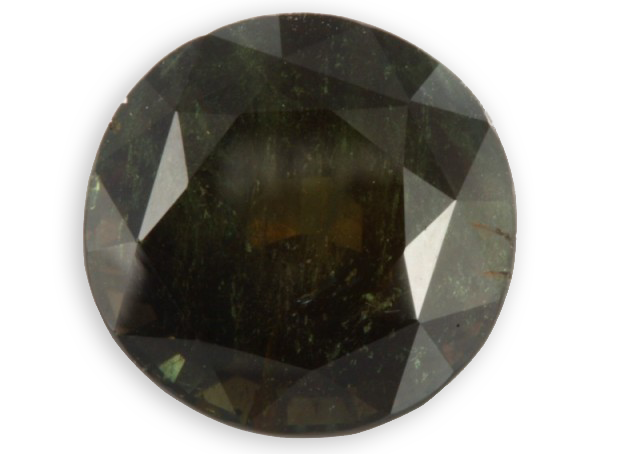
alexandrite
It is the rariest chrysoberyl variety, named after the future Czar Alexander II because it was discovered in the Ural in 1830, on the day he came of age and because of its 2 colors : green and red were the colors of old Imperialist
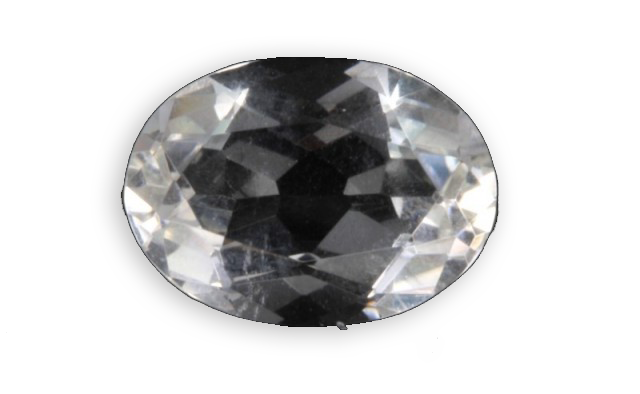
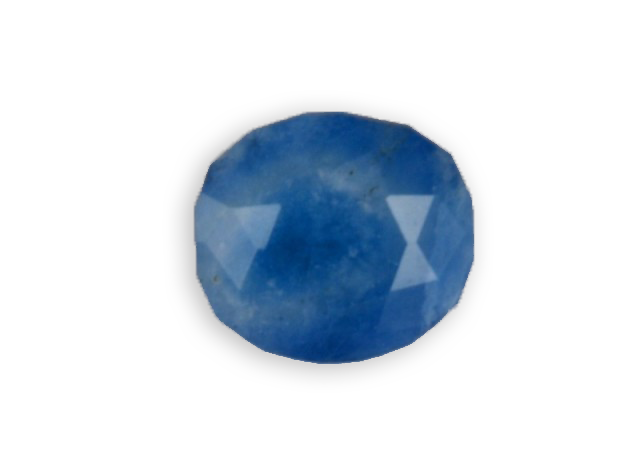
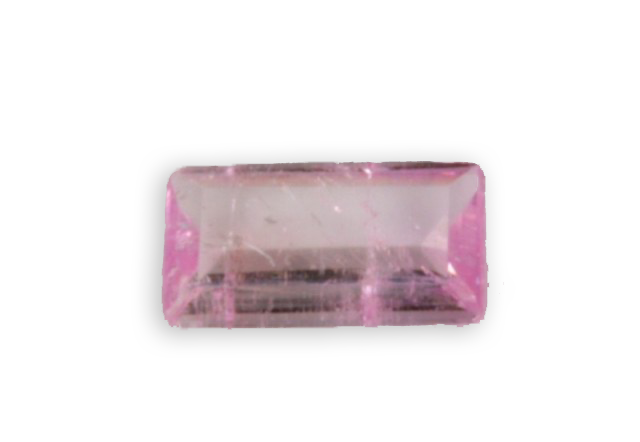
adamite
Described in 1886 by Charles Friedel who named it after the French mineralogist Gilbert Joseph Adam who found this mineral. Its color depends on the metallic ions present : cuproadamite colored by copper is green, manganoadamite colored by manganese is pink-purple such as cobaltoadamite and
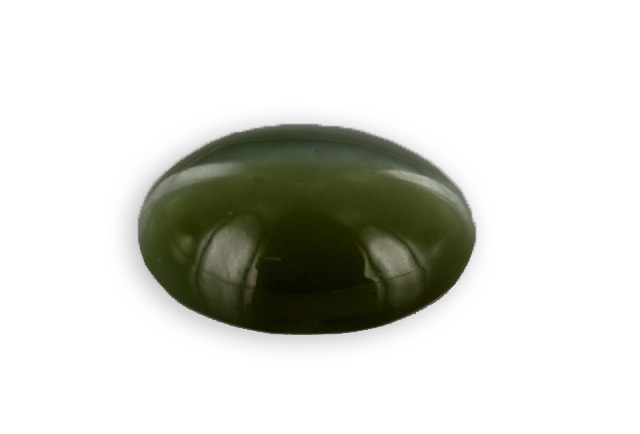
actinolite
Actinolite belongs to the amphibole group, discovered in 1794 by the mineralogist Kirwan. The name actinolite is derived from the Greek “aktis”, meaning “beam” or “ray” and “lithos”, meaning “stone”; referring to the mineral’s radiating fibrous nature. The name “actinolite” was given by René Just



